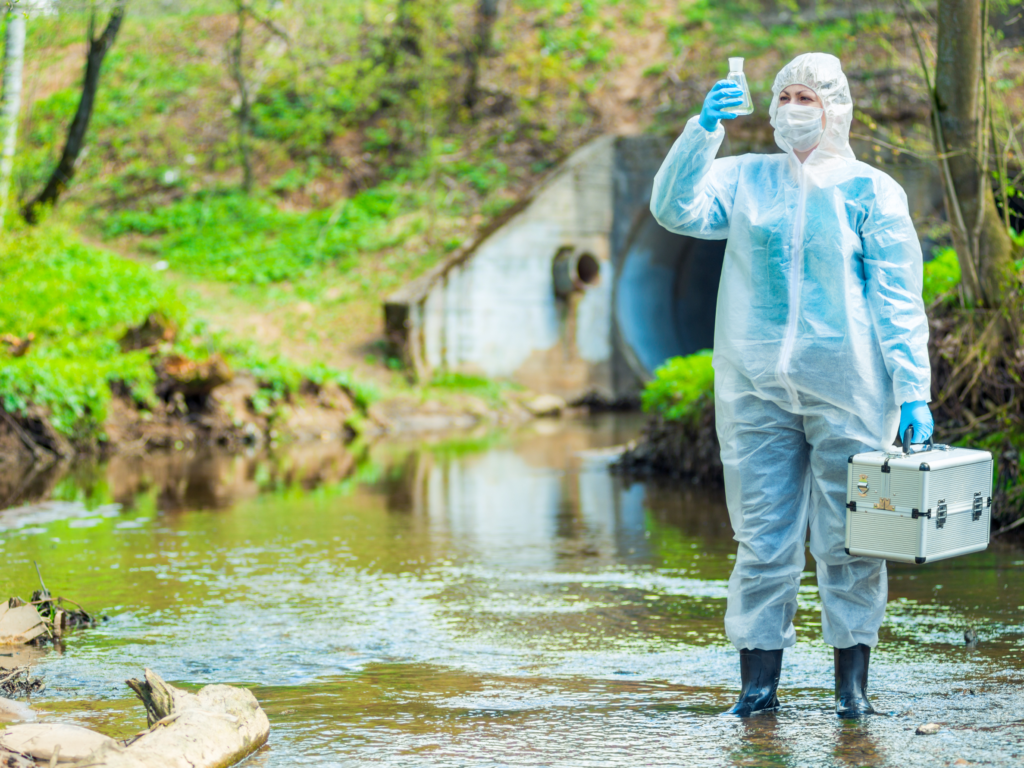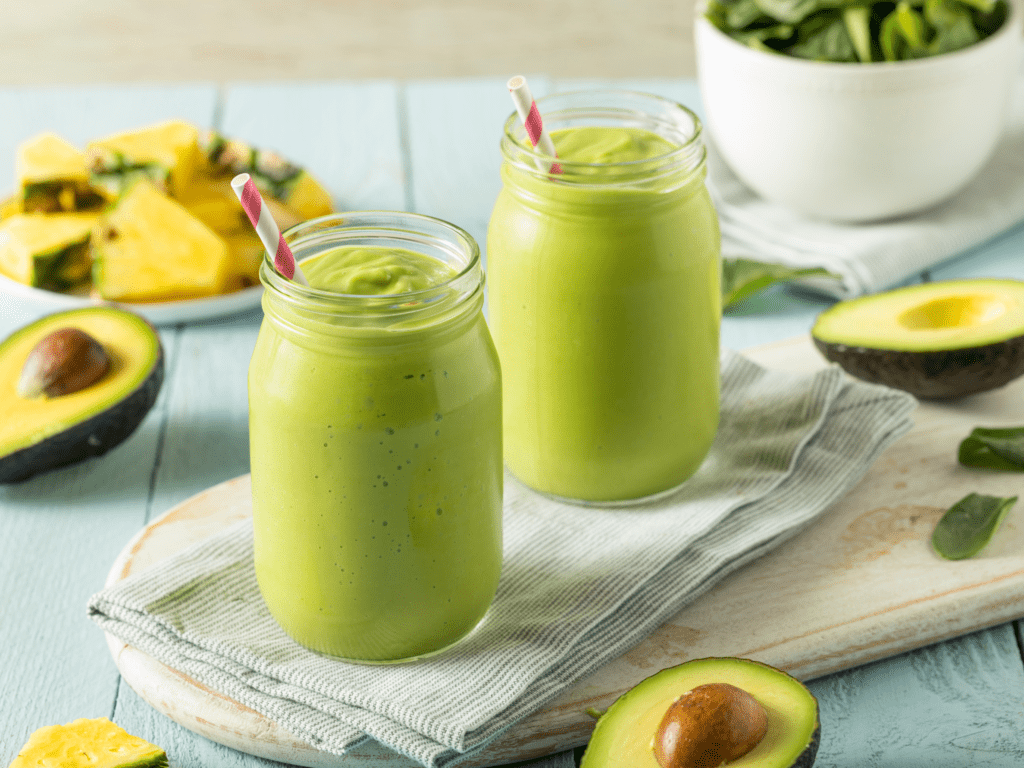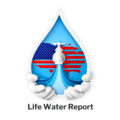What are the possible sources of PFAS exposure?
Sources and Removal of PFAS, Over 1,500 U.S. textile mills may discharge PFAS according to an EWG report based on EPA data. Besides landfills and waste disposal facilities, sewage and waste treatment plants are also common sources of contamination.
Military bases and airports are major sources of PFAS contamination. mostly from training and testing exercises using firefighting foam. Nearby communities also suffer groundwater and drinking water contamination due to their proximity to these facilities. (Spanne, February 15, 2022)

Possible sources of PFA exposure:
- Water, food packaging & processing, stain and grease resistance treatments for carpets/furniture.
- PFAS bioaccumulation also occurs in non-human organisms, including fish and other human food sources
- Are there any tests available to measure PFAS levels in our bodies?
- Tests available to measure PFA levels in your body include a blood or urine test
- Testing of umbilical cord blood and breast milk indicates exposure before birth.
- PFAS can also affect your cholesterol levels and menstruation. So check your cholesterol level as well
- PFAs cause headaches, nausea, vomiting, and stomach pains.
What foods are the most beneficial sources of antioxidants that naturally flush out PFAS?
- Leafy greens like spinach and kale
- Berries, such as blueberries, raspberries, and cranberries
- Green tea, pomegranate juice, or green smoothies
- Citrus fruits like grapefruit, and oranges
- Avocados and other berries. Yes, an avocado is a berry!
Are supplements, such as zeolites or activated charcoal, beneficial in removing these toxins?
These are bindings. They attach to toxins, chemicals, and metals and move them safely out of the body and reduce stress.
- Zeolites detoxify the body from toxins like PFAS. They can bind some beneficial nutrients, but they also absorb a variety of toxins, including heavy metals, VOCs, mycotoxins, and other biotoxins. You can get this in powder form and mix it with water and drink it.
- Activated charcoal is a fine, black powder made from carbon-based organic matter – usually from coconut shells, bamboo, or peat. It not only removes toxins but also retains nutrients.
- It is used for acute detoxification, not long-term. (Immanence Health physician)
These supplements help in detoxifying the body from chemicals by:
- Lowering cholesterol level
- Alkalizing the body to avoid acidosis

What kind of nutritional approaches can one follow to lower their risk from this hazardous chemical?
Enhance Your Natural Detoxification Abilities:
- Adding additional supplements like glutathione, Vitamin C, and Vitamin D can also help your immune system filter out and eliminate these toxins.
- Your body is well-equipped to naturally process toxins like PFAS through your natural detoxification pathways. You can boost your natural detox capabilities by integrating techniques like PEMF therapy, infrared saunas, and detox binders
Recently, researchers at Northwestern University published a study showing that PFAS can be destroyed using two relatively harmless chemicals: sodium hydroxide or lye, a chemical used to make soap, and dimethyl sulfoxide, a chemical approved as a medication for bladder pain syndrome.
What is the most effective way to avoid or cleanse your body of PFAS?
One way to avoid PFAS in the body is to exercise caution when eating food containing these chemicals.
People should monitor their diet and limit foods such as fast food, processed foods, and dairy products.
Drinking clean water is essential for avoiding PFAS accumulation.
Consuming fresh fruits and vegetables grown organically can help decrease pesticide exposure which may contain PFAS substances.
Steps like using a home water filter system or switching to glass containers instead of plastic should also be considered.
What are food supplements used for?
- Preventing diseases
- Reducing stress levels
- Improving nutrient absorption
- Removing naturally-occurring toxins

What are the lifestyle changes recommended by experts to avoid PFAS in your daily life?
PFAS have been used around the world since the 1950s in a wide variety of consumer goods. Today, they can be found in products like firefighting foam, non-stick cookware, cosmetics, and materials that protect against grease, oil, and water, such as stain-resistant carpeting and fabrics, food packaging, and water-repellent clothing. So whether we’re camping, hiking, hunting, fishing, cooking, putting on makeup, enjoying a takeout meal, or playing with our kids on the living room floor, PFAS has infiltrated everyday life. Completely avoiding PFAS is almost impossible but you can reduce your risk by avoiding:
Anti-fog sprays
- Food packaged in containers or greaseproof bags
- Cook with stainless steel, glass, or ceramic instead of non-stick.
- Avoid cosmetics with “perfluor-,” “polyfluor-,” “PTFE,” or Teflon on the label.
Try to use purified water rather than spring water. The most convenient option is water filters.
Summary:
PFAS can be removed from the body using different methods and filters, such as charcoal, bentonite clay, and herbs. Dietary improvements such as increasing fiber intake or taking herbal supplements with detoxifying properties can help remove toxins naturally.
Check if your water source has been tested for PFAS. PFAS-containing water, or water that hasn’t been tested, may benefit from a water filter. There is, however, a difference in effectiveness between different water filters. Reverse osmosis filters and four to five-stage filters eliminated PFAS more effectively than others.
Our Collection of Water Filtration System
- Water Filtration System
- Reverse Osmosis System
- Whole Home System
- Water Ionizer Systems
- Shower Filters
What’s in your water?
The United States Environmental Protection Agency (EPA) publishes annual reports on water quality from regional water suppliers. A Consumer Confidence Report (CCR) is a report that identifies the source of drinking water, and the levels of only 90 contaminants of the 86,153 in the EPA’s database. This information about the quality of your drinking water from Consumer Confidence Reports (CCRs) is USELESS!
Visit www.LifeWaterReport.com and enter your zip code to find out what is really in your Family’s drinking water. Then learn how you can remove these
toxins and make your water SAFE!
Questions: info@LifeWaterReport.com
808-425-0474 Hawaiian time zone 7 am to 3 pm
References:
huet, n. (23, 3 24). Can’t get pregnant? PFAS chemicals in household products may be slashing women’s fertility by 40%. Retrieved from euronews.next.
Immanence Health Physician, D. A. (n.d.). what are the benefits of the binder that I should be using? Retrieved from immanence health.
Kutz, J. (July 19, 2022). How exposure to toxic chemicals in everyday products can impact reproductive health. Retrieved from the 19th.
Spanne, A. (February 15, 2022). What is PFAS? Retrieved from Environmental Health News.
(Huet, 23) (Spanne, February 15, 2022) (Kutz, July 19, 2022) (Immanence Health physician)
